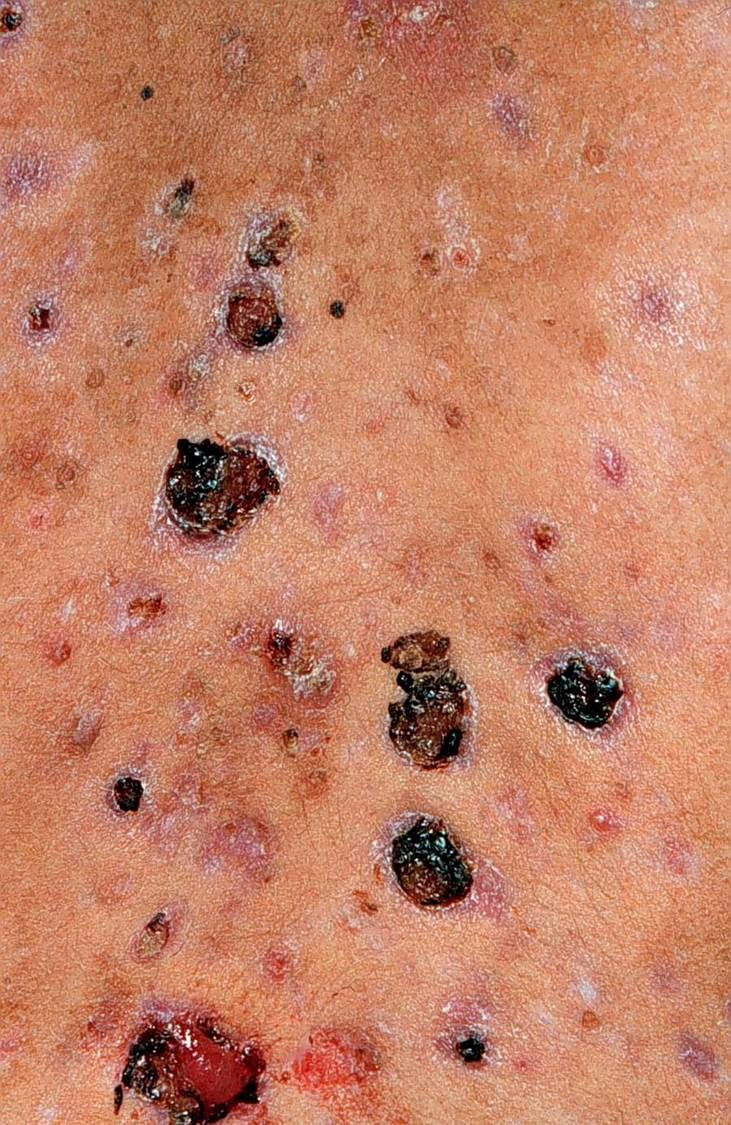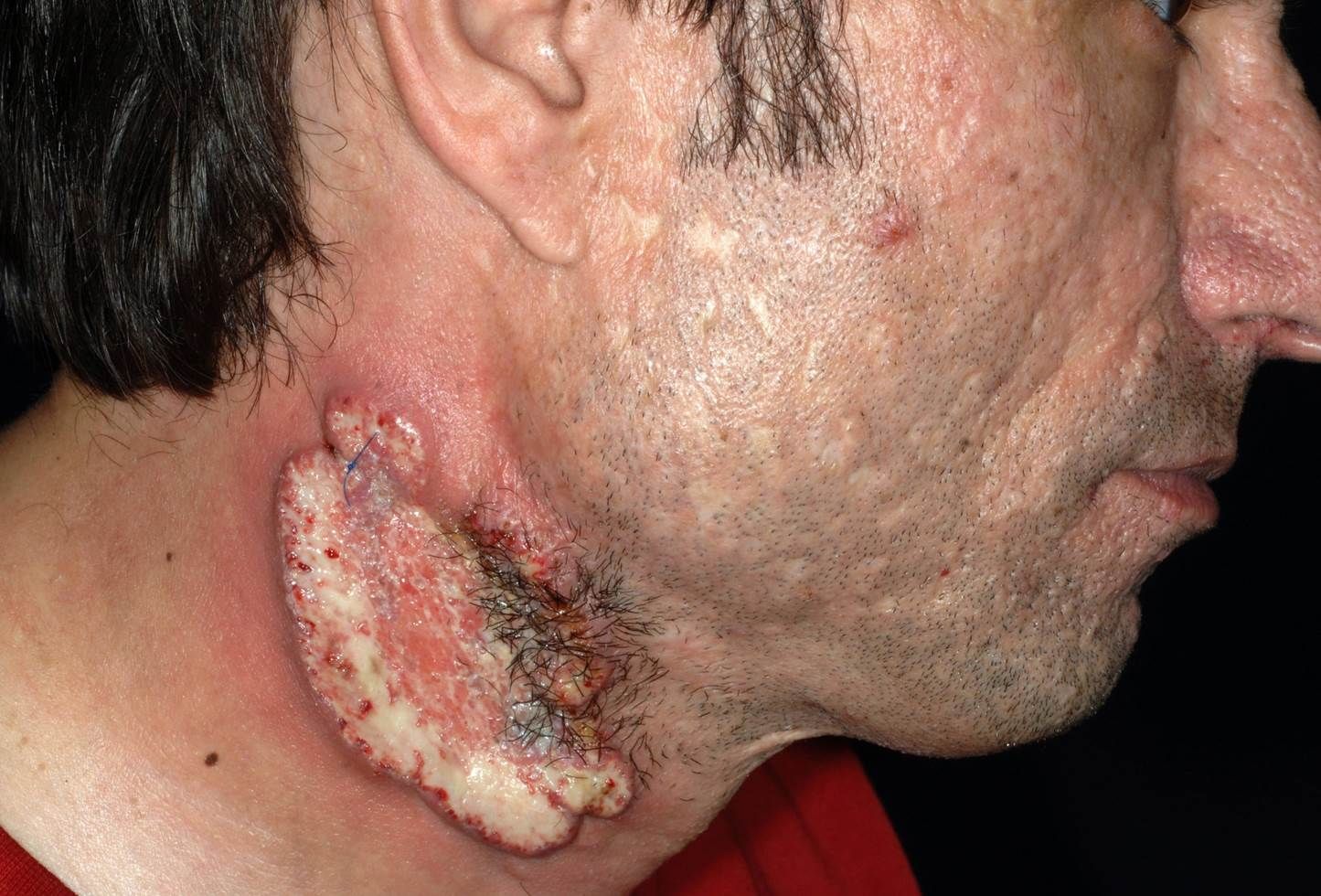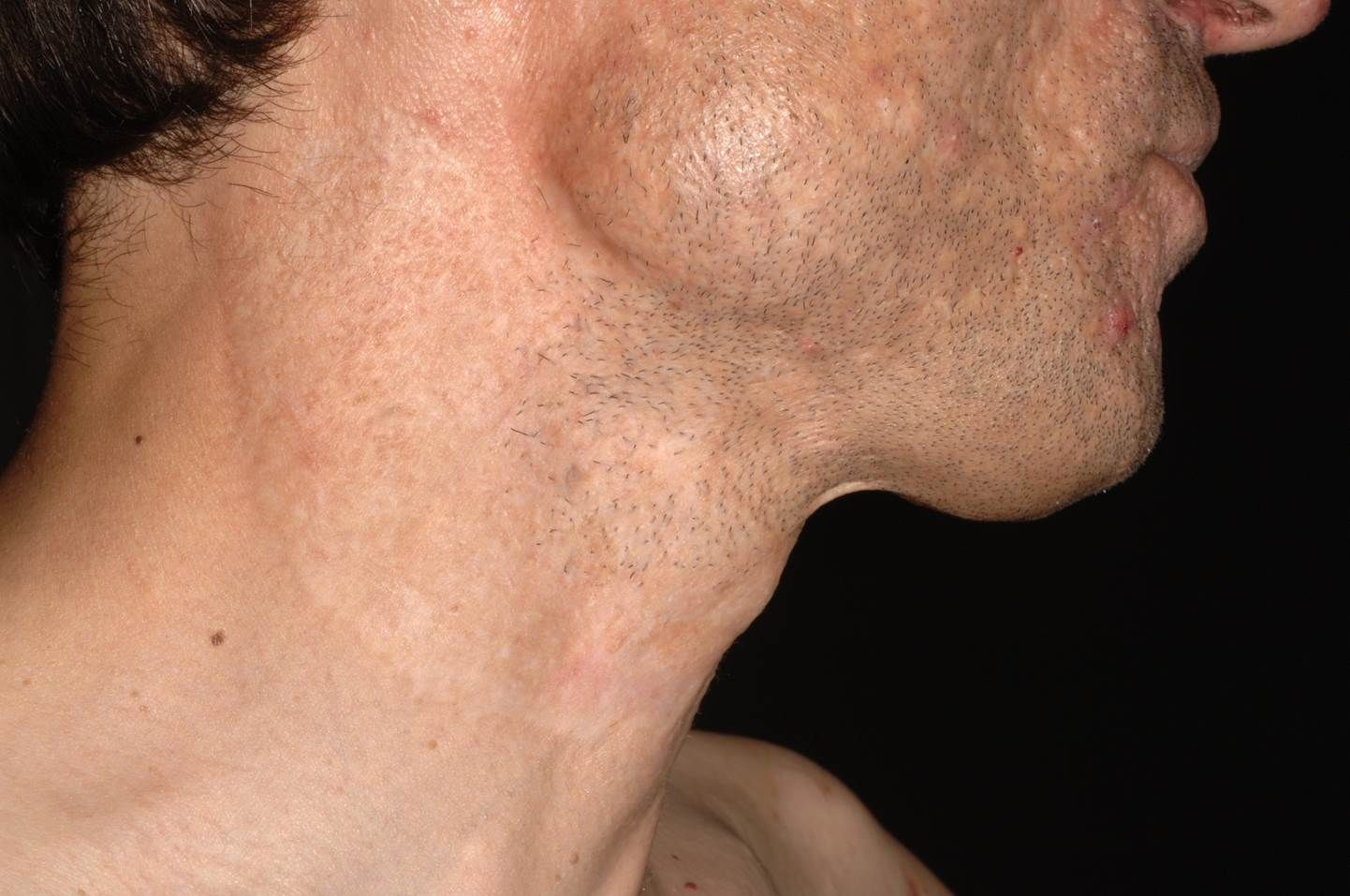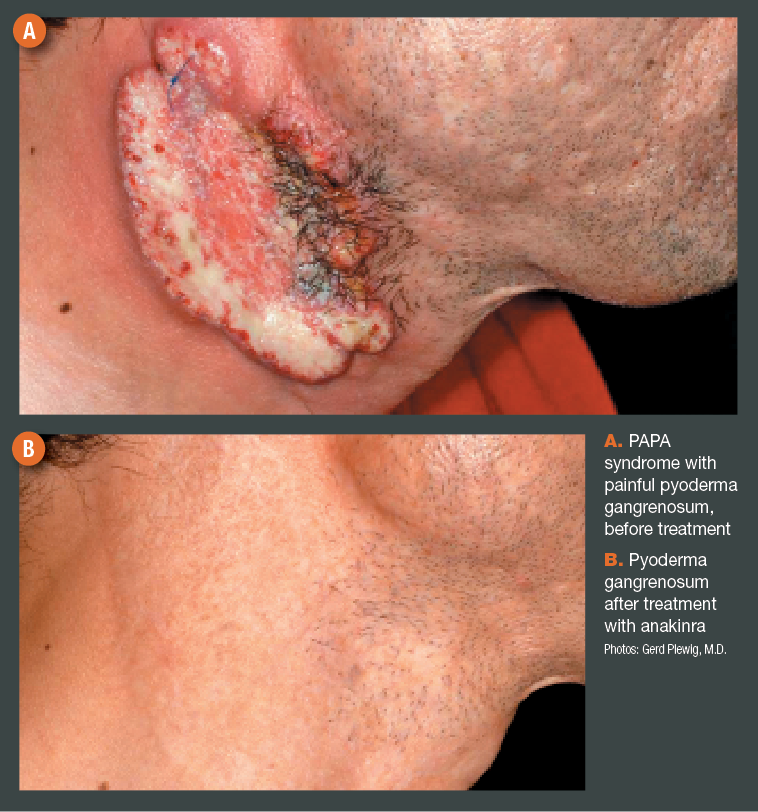- Acne
- Actinic Keratosis
- Aesthetics
- Alopecia
- Atopic Dermatitis
- Buy-and-Bill
- COVID-19
- Case-Based Roundtable
- Chronic Hand Eczema
- Chronic Spontaneous Urticaria
- Drug Watch
- Eczema
- General Dermatology
- Hidradenitis Suppurativa
- Melasma
- NP and PA
- Pediatric Dermatology
- Pigmentary Disorders
- Practice Management
- Precision Medicine and Biologics
- Prurigo Nodularis
- Psoriasis
- Psoriatic Arthritis
- Rare Disease
- Rosacea
- Skin Cancer
- Vitiligo
- Wound Care
Article
Inflammation crucial to acne lesions, dermatologic syndromes
Author(s):
New and evolving therapies targeting inflammation could therefore be tried to help quell the symptoms of these diseases and conditions. learn more.

Gerd Plewig, M.D., F.R.C.P., professor emeritus of the department of dermatology, University of Munich, Munich, Germany.New conventional wisdom of late identifies inflammation as an important link between the development of acne lesions and several dermatologic syndromes including PAPA (pyogenic arthritis, pyoderma gangrenosum, acne), PASH (pyoderma gangrenosum, acne, suppurative hidradenitis), PAPASH (pyogenic arthritis, pyoderma gangrenosum, acne, suppurative hidradenitis), and SAPHO (synovitis, acne, pustulosis palmoplantaris, hyperostosis, osteitis). Therefore, it is increasingly believed that therapies targeting the inflammation could be useful in quelling the clinical symptoms of these diseases and conditions, offering much needed hope for this patient population.
READ: Acne pathogenesis
The pathogenesis of acne lesions has traditionally been associated with the colonization of Propionibacterium acnes in the sebaceous follicles, which leads to an innate immune response and progression of so-called non-inflammatory comedones to inflammatory papules, pustules and nodules. It is now widely thought that this inflammation is not only present at all stages of acne lesion development, but is one of the central common denominators found in PAPA, PASH, PAPASH, and SAPHO syndromes.
SEE: Before and after pictures
According to one expert, these new associations must be better recognized by clinicians in order to help exact a definitive and timely diagnosis of these syndromes and further, to implement appropriate therapy in affected patients.
READ: Gold microparticles zap sebaceous follicles
“Although these syndromes are considered to be rare, they are not as rare as one may initially suppose, as most of the patients we see or have seen were misdiagnosed. Therefore, dermatologists need to better recognize these syndromes and the associations among these conditions and diseases to optimally treat their patients,” said Gerd Plewig, M.D., F.R.C.P., professor emeritus of the department of dermatology, University of Munich, Munich, Germany.
NEXT:Multidisciplinary care


Caption: Acne fulminans/SAPHO overlap in an adolescent
Multidisciplinary care
According to Dr. Plewig, the inflammation seen in any of these diseases and conditions is often severe to very severe. Additionally, the inflammation is usually not only limited to the skin but can be seen in the bones, the gastro-intestinal tract, and the joints. Therefore, it would behoove the wary clinician to consult with other specialists in order to optimally treat these patients.
SEE: Before and after pictures
“As dermatologists are often the first physicians to see patients with PAPA, PASH, PAPASH, and SAPHO or in the association of a consultation in the hospital, they need to become more familiar and aware of these syndromes, their associations, as well as effective therapeutic regimens,” Dr. Plewig said. “In the overall scope in optimally treating these patients, it would probably also make sense to approach these patients in a multidisciplinary fashion and bring in rheumatologists and gastroenterologists, if necessary, particularly in those patients with bone and joint involvement, or other potential comorbidities such as Crohn’s disease and ulcerative colitis,” he said.
READ: My patient with acne committed suicide
Acne, in the context of these diseases, can present as comedonal, papulopustular or nodular. Hidradenitis suppurativa (also known as acne inversa) is one common association in these syndromes but according to Dr. Plewig, perhaps the best example of auto-inflammation in conjunction with acne would be acne fulminans, typically presenting as severe destructive lesions on the face, back and chest.
NEXT: New thoughts on therapy



Caption: Close-up of hemorrhagic and painful lesions in the same patient
New thoughts on therapy
Until recently, Dr. Plewig said that clinicians relied on systemic medications such as corticosteroids, methotrexate, and other anti-inflammatory drugs to counter the inflammatory response, improving symptoms, and to ultimately manage the severe pain associated with these conditions. However, other novel and evolving therapeutic agents have come into focus most recently including the TNF-alfa inhibitors and interleukin-1 antagonists.
Although the biologics do not yet have the indication for many of these conditions, Dr. Plewig said, they are increasingly being used as effective off-label treatments, witnessed in the significant therapeutic success seen with pyoderma gangrenosum.
READ: Antibiotic-free treatment effective, safe for moderate-to-severe acne
“Infliximab, etanercept and adalimumab all have been used to quell the inflammation seen in these syndromes with varying degrees of success,” Dr. Plewig said. “Here in Germany, anakinra has become the drug of choice for the treatment of pyoderma gangrenosum. I think that it is important for us dermatologists to get into contact with the companies who manufacture these agents and make them aware of the necessity that these drugs may also be indicated in these syndromes as well,” he said.
The inflammation seen in PAPA, PASH, PAPASH, and SAPHO is typically severe, which usually translates into significant pain and suffering in the affected patient. Depending on the severity of symptoms in the individual patient as well as the efficacy and tolerability of traditional approaches such as systemic corticosteroids and other anti-inflammatory agents, Dr. Plewig said that clinicians would be justified in starting out with one of the biologics, after consultation with the patient, which could significantly help in clearing up symptoms in only a few weeks.
NEXT: Incorporating biologics



Caption: PAPA syndrome with painful pyoderma gangrenosum, before treatment
Incorporating biologics
“The biologics may be strong medications with known side effects, but they can be extremely effective in addressing the symptoms of these syndromes and therefore, can often be the treatment of choice when looking at the collective symptoms of these syndromes on a whole. In contrast, systemic corticosteroids that need to be used for many weeks are associated with several adverse events as well, such as Cushingoid symptoms. In my opinion, that complication is much worse than using a biologic,” Dr. Plewig said.
READ: Dermatologist shares top tips for treating acne
Targeting inflammation should be one of the cornerstones of therapy for these syndromes, Dr. Plewig said. Of course, a variety of drugs, both topical and systemic, can be used to treat the acne but addressing the common denominator of inflammation that links these individual diseases and conditions together should be the common goal in therapy.
“The key is to prescribe whatever is necessary to quell the symptoms, not to use any medication for too long, see the patients on a regular basis, and make sure to realign your therapeutic protocol according to how the patient responds to the therapies given,” Dr. Plewig said.
Dr. Plewig reports no relevant disclosures.
NEXT: After treatment photo of painful pyoderma gangrenosum



Caption: Pyoderma gangrenosum after treatment with anakinra
NEXT: Closer look at before and after pictures of PAPA syndrome


Newsletter
Like what you’re reading? Subscribe to Dermatology Times for weekly updates on therapies, innovations, and real-world practice tips.











